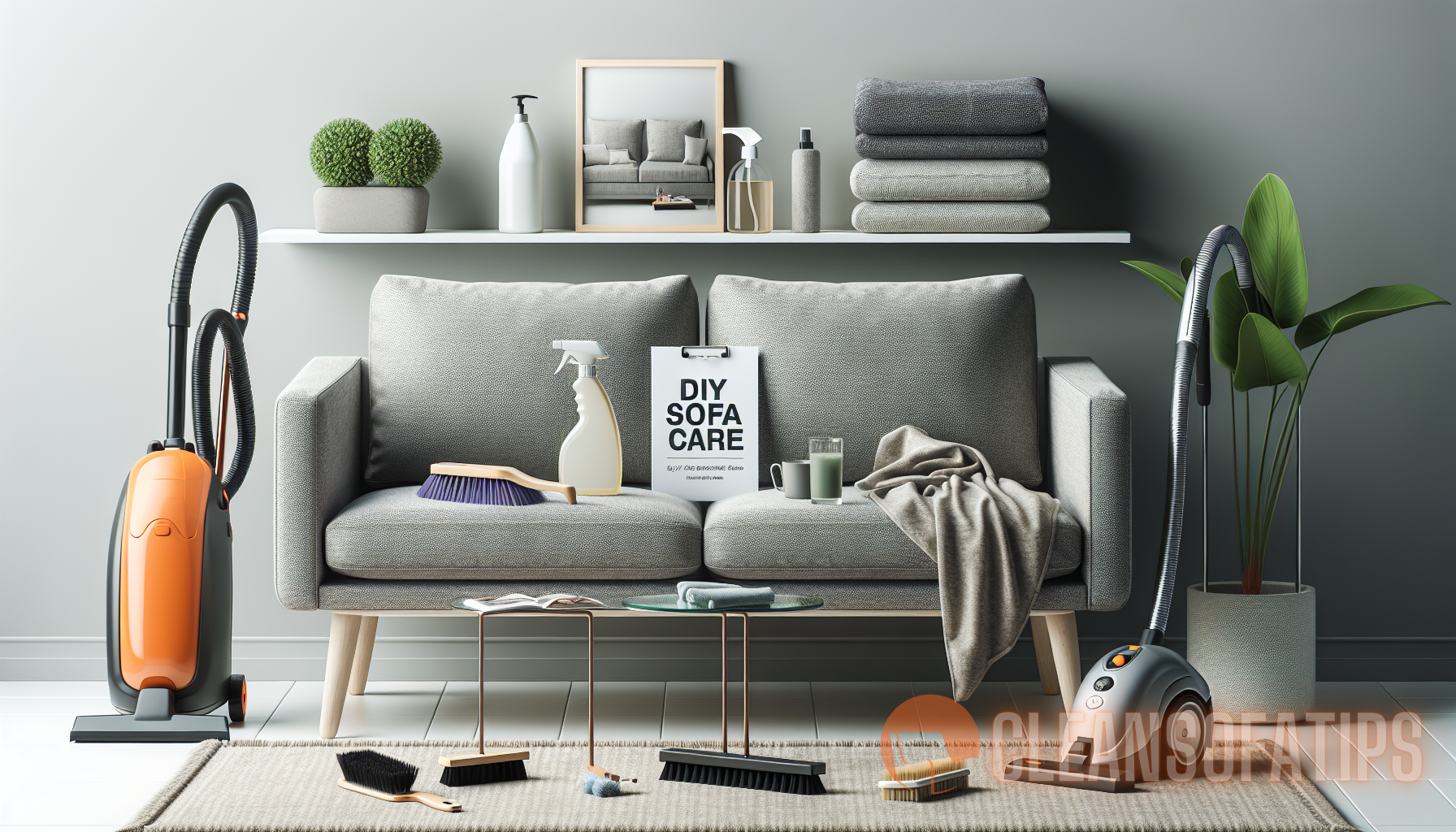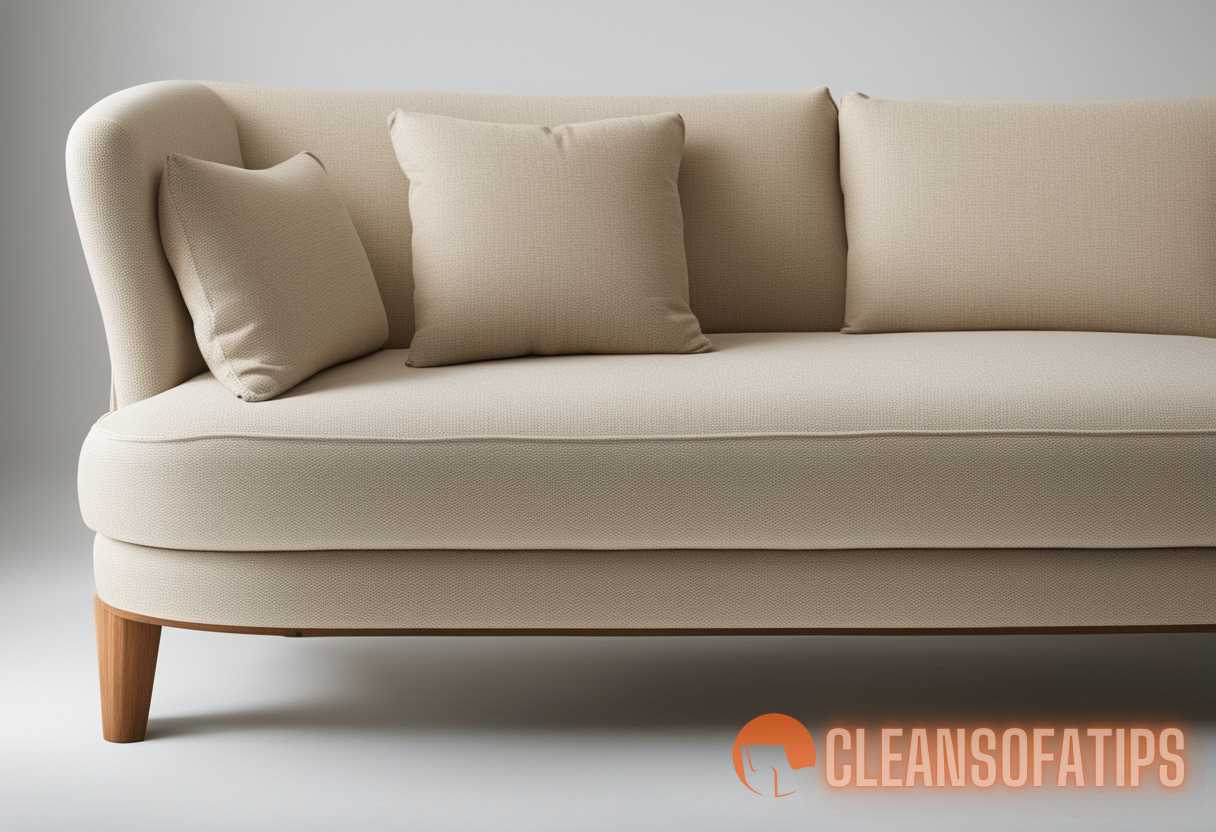Introduction to Sofa Care
When it comes to keeping your furniture looking fresh and clean, regular upholstery maintenance is key. Sofas are an important investment, and with proper care, they can last for many years. However, without the right maintenance routine, they can quickly become stained, worn, and unappealing. In this article, we will discuss DIY upholstery maintenance tips specifically tailored to sofa care. These tips will help you keep your sofa looking and feeling its best, extending its lifespan and enhancing the overall appearance of your living space.
Why is Regular Sofa Care Important?
Regular sofa care is essential for several reasons:
- Prolonging lifespan: Regular maintenance helps prevent the accumulation of dirt, dust, and other particles that can cause wear and tear on the fabric of your sofa. By removing these particles and keeping your sofa clean, you can extend its lifespan.
- Preserving appearance: Over time, sofas can accumulate stains, spills, and grime that can make them look tired and worn. By regularly cleaning and maintaining your sofa, you can preserve its appearance and keep it looking fresh and inviting.
- Improving indoor air quality: Sofas can harbor allergens such as dust mites, pet dander, and pollen. Regular care, including vacuuming and deep cleaning, can help improve indoor air quality and create a healthier living environment.
- Saving money: By regularly maintaining your sofa and preventing damage, you can avoid costly repairs or the need for a premature replacement.
DIY Sofa Maintenance Tips
Now that you understand the importance of regular sofa care, let’s dive into some DIY tips to help you keep your sofa in great shape:
1. Regular Vacuuming
Vacuuming your sofa regularly is an essential part of sofa care. Use the upholstery attachment on your vacuum cleaner to remove loose dirt, dust, and debris. Pay attention to the crevices and gaps between cushions where crumbs and other particles can accumulate. Vacuum at least once a week, or more frequently if you have pets or children in the house.
DIY Soutions: Discover Effective DIY Upholstery Cleaners – Safe and Simple Homemade Recipes
2. Spot Cleaning
Accidents happen, and when spills occur on your sofa, it’s important to take immediate action to prevent stains from setting in. Blot the spill with a clean cloth or paper towel, being careful not to rub or scrub the stain, as this can push it deeper into the fabric. If the spill is liquid, start from the outside and work your way in to prevent spreading. Once you’ve blotted up as much of the spill as possible, use a mild soap and water solution or a specialized upholstery cleaner to treat the affected area. Test the cleaner on a small, inconspicuous area of the sofa first to ensure it doesn’t cause any discoloration or damage.

3. Deep Cleaning
In addition to regular vacuuming and spot cleaning, it’s important to deep clean your sofa at least once or twice a year. Deep cleaning helps remove deep-seated dirt, stains, and odors. There are several methods you can use to deep clean your sofa:
- Steam cleaning: Steam cleaning is a popular method for deep cleaning upholstery. It involves using a specialized steam cleaner to remove dirt and grime from the fabric. Make sure to follow the manufacturer’s instructions and test the steam cleaner on a small, inconspicuous area first to ensure it doesn’t damage the fabric.
- Professional upholstery cleaning: If you prefer not to deep clean your sofa yourself, you can hire a professional upholstery cleaning service. These professionals have the knowledge and equipment to deep clean your sofa effectively and safely.
- Homemade upholstery cleaners: There are also homemade upholstery cleaners you can make to deep clean your sofa. These cleaners are often made from natural ingredients and are safe for both you and your sofa. Check out this article for safe and effective DIY recipes for homemade upholstery cleaners: Safe and Effective DIY Recipes for Homemade Upholstery Cleaners.
4. Protecting Your Sofa
Prevention is key when it comes to sofa care. By taking proactive steps to protect your sofa, you can minimize the risk of stains, damage, and wear. Here are a few tips to help you protect your sofa:
- Use slipcovers or throws: Slipcovers and throws can help protect your sofa from spills, pet hair, and everyday wear. They are also easily removable and washable, making them a convenient option.
- Rotate cushions: Regularly rotating the cushions on your sofa can help distribute the wear and prevent sagging or indentations in particular spots.
- Avoid direct sunlight: Prolonged exposure to direct sunlight can fade and damage the fabric of your sofa. Use curtains, blinds, or UV-protective window film to shield your sofa from harmful UV rays.
- Keep pets off the sofa: If you have pets, try to discourage them from getting on the sofa. Pet hair, scratches, and accidents can all cause damage to your sofa.
5. Maintaining Cushions and Pillows
Regularly fluffing and rotating your sofa cushions and pillows can help maintain their shape and prevent sagging. Depending on the type of cushions you have, you may be able to remove the covers and wash them according to the manufacturer’s instructions. This can help keep them fresh and clean.
Conclusion
By following these DIY upholstery maintenance tips, you can keep your sofa looking its best for years to come. Regular vacuuming, spot cleaning, and deep cleaning are all essential for maintaining the appearance and lifespan of your sofa. Additionally, taking proactive steps to protect your sofa and maintaining the cushions and pillows can help prevent damage and wear. With proper care, your sofa can remain a beautiful and comfortable centerpiece in your home.
Remember, when it comes to upholstery maintenance, prevention and regular care are key. So follow these tips, and enjoy your clean and well-maintained sofa for years to come!



